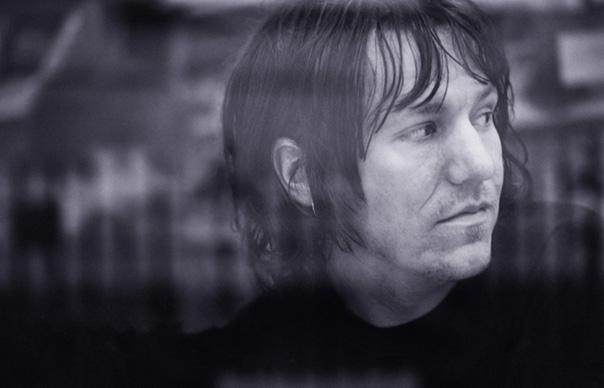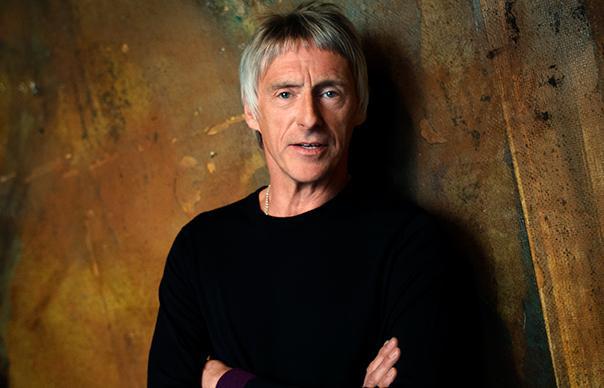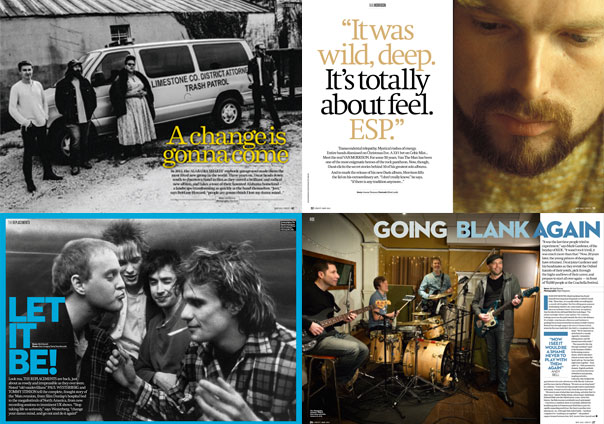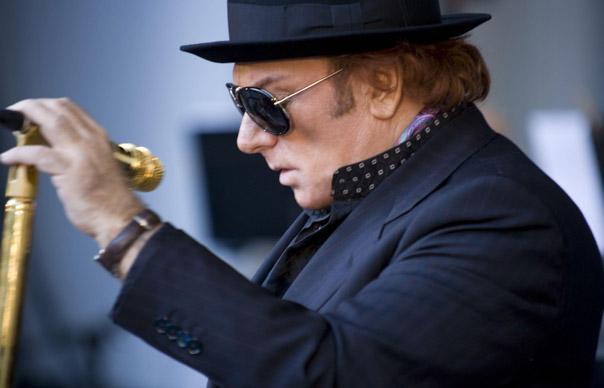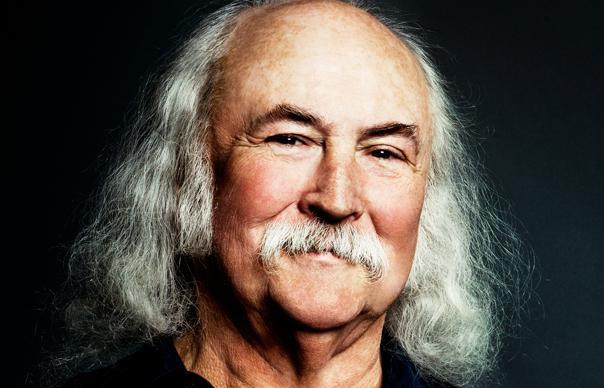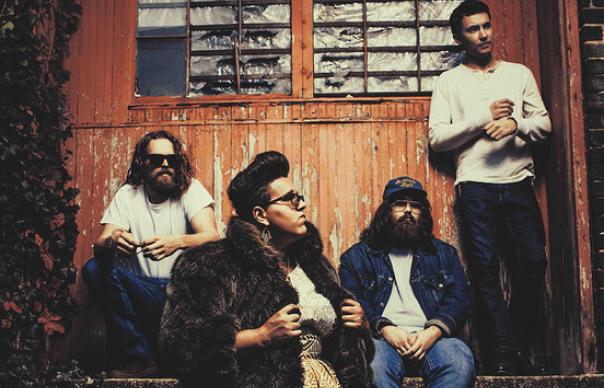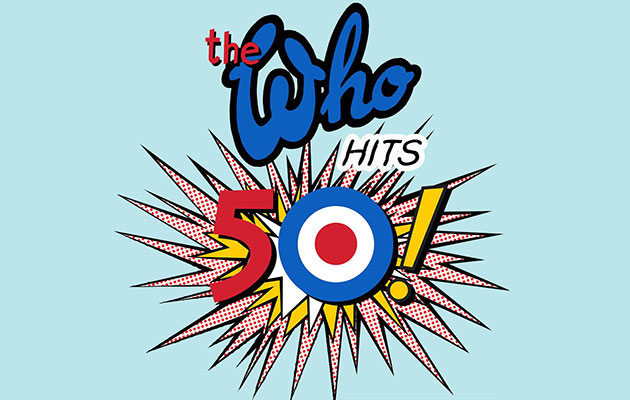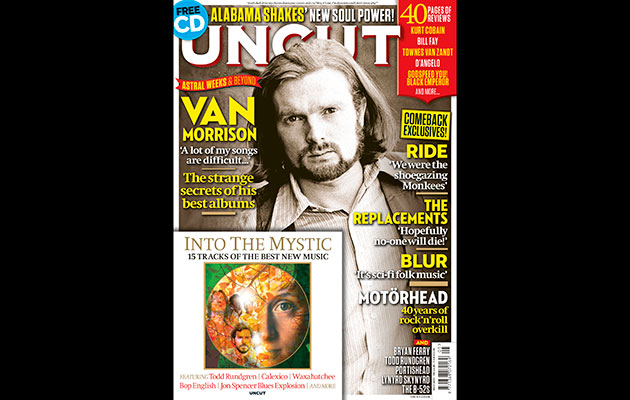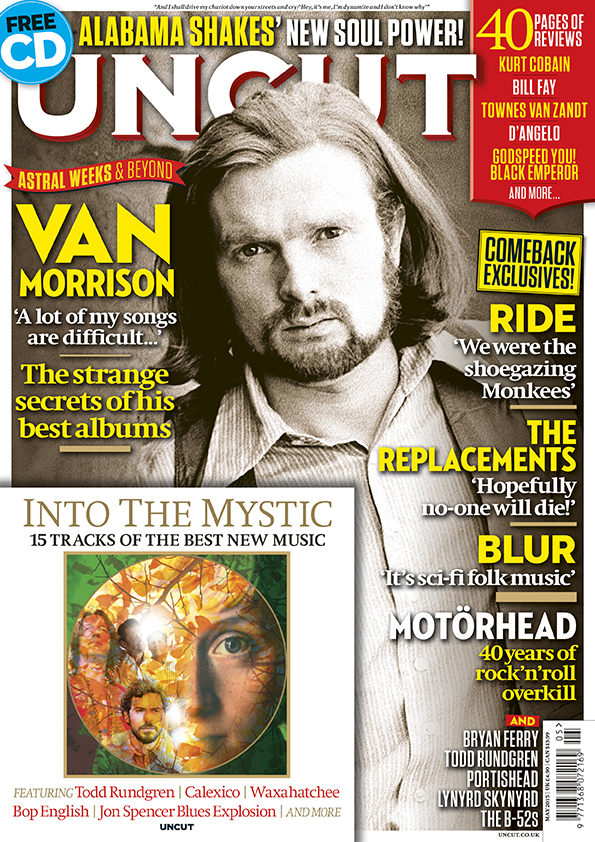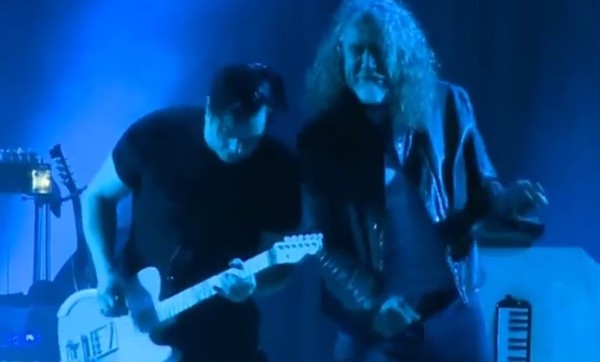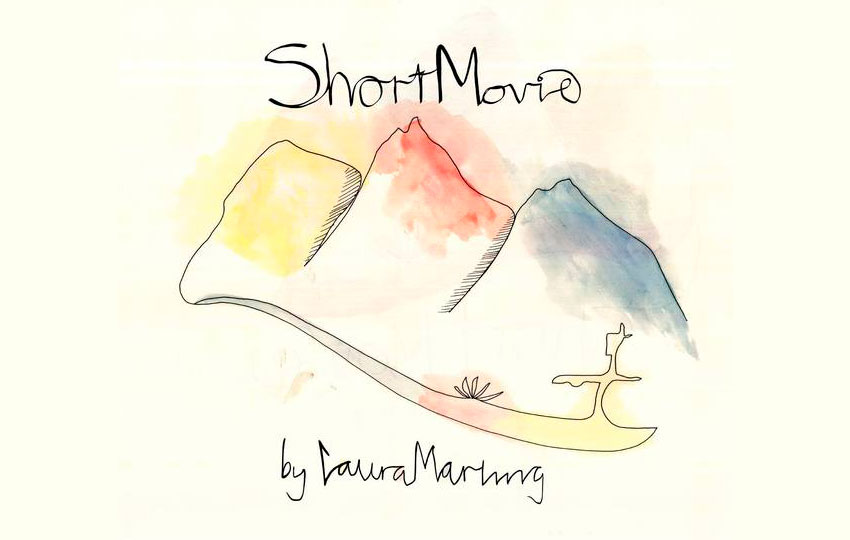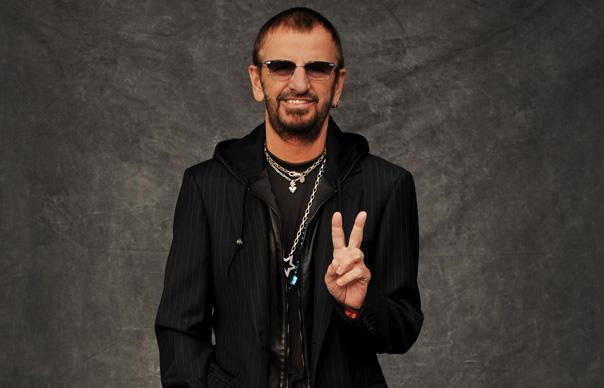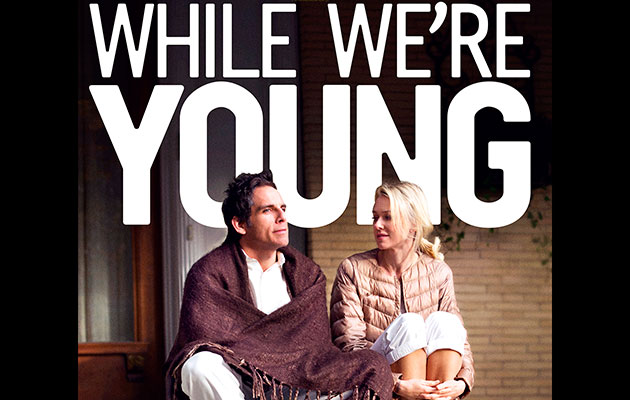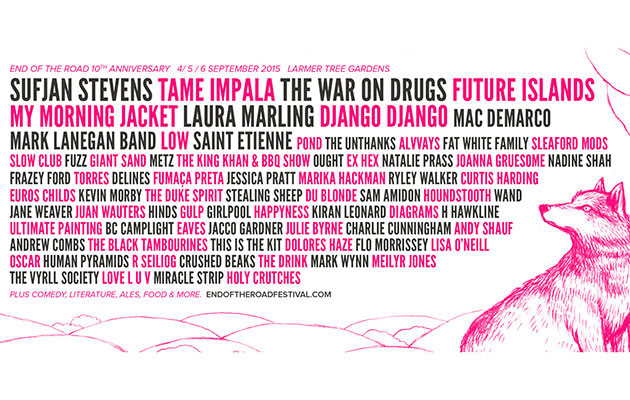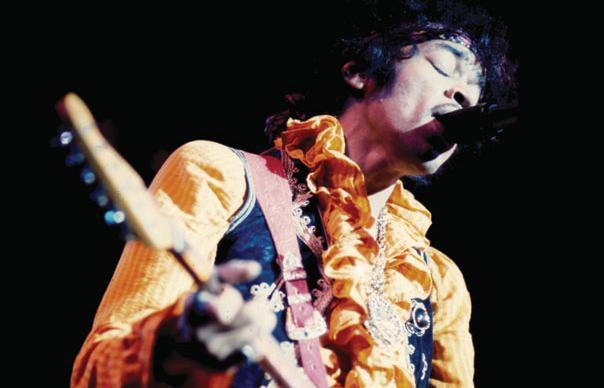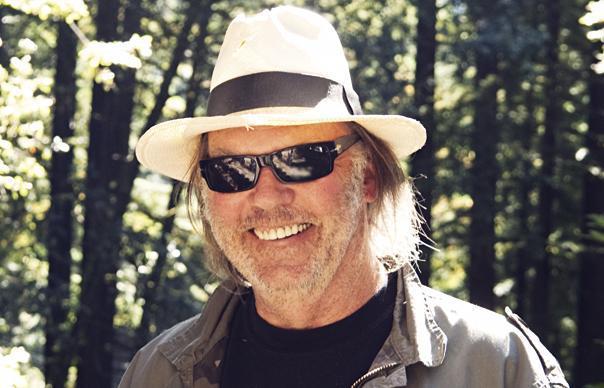Van Morrison, Alabama Shakes, The Replacements and Ride all feature in the new issue of Uncut, dated May 2015 and out now.
Morrison is on the cover, and inside we discover the secret stories behind 10 of his greatest albums, including Astral Weeks, Veedon Fleece and Common One.
The man himself also speaks, lifting the lid on his extraordinary art. “I come from a different era,” he tells Uncut. “It was more esoteric.”
“Van was starting to go through musicians like McDonald’s go through hamburgers,” one of his musicians tells us…
Uncut editor John Mulvey heads to the Southern states to meet Alabama Shakes, hear about their brilliant and radical new album, and take a tour of their haunted Alabama homeland.
As rowdy and irrepressible as ever, The Replacements tell the complete story of their reunion, from hospitals to the megafestivals of North America, from new recording sessions to imminent UK shows. “Stop taking life so seriously,” says Paul Westerberg, “change your damn mind, and go out and do it again!”
“It wasn’t rock’n’roll, it was much more than that,” says Mark Gardener, as he and his bandmates in the reunited Ride revisit their Oxford haunts, relive their career and prepare to start all over again – in front of 70,000 people at the Coachella Festival. Uncut’s Michael Bonner hears their story.
Elsewhere in the new issue, Graham Coxon discusses the making of Blur’s new album, The Magic Whip, while the album itself is also extensively reviewed.
Motörhead’s Lemmy, “Fast” Eddie Clarke, Phil Campbell, and more, look back on 40 years of rock’n’roll overkill, remembering bad drugs, imperilled sheep and the enduring power of their mighty sound. “You’ve got to smack ’em in the mouth,” says Lemmy, “then give yourself time to get away.”
Bryan Ferry takes us through the highs of his solo career, from These Foolish Things to Avonmore, and explains just how he writes songs.
Also in the May issue, The B-52s tell Uncut how they made their offbeat classic “Rock Lobster”, inspired by ’60s adverts, Yoko Ono and broken guitar strings – and accidentally spurred John Lennon to return to the studio – while Jethro Tull’s Ian Anderson answers your questions and Lynyrd Skynyrd’s Gary Rossington reveals the albums and songs that changed his life.
In the front section, Todd Rundgren gives us the lowdown on his latest projects, Portishead’s Geoff Barrow talks soundtracks and Bitter Lake filmmaker Adam Curtis discusses his use of music, his next project and his dub reggae roots.
The 40-page reviews section features albums from Blur, Bill Fay, Torres, Godspeed You! Black Emperor, Fotheringay and Townes Van Zandt, plus films including Kurt Cobain: Montage Of Heck, While We’re Young and Blade Runner: The Final Cut.
Our free CD, Into The Mystic, includes new songs from Todd Rundgren, Calexico, Waxahatchee and Jon Spencer Blues Explosion, among others.
The new issue of Uncut is out now.


